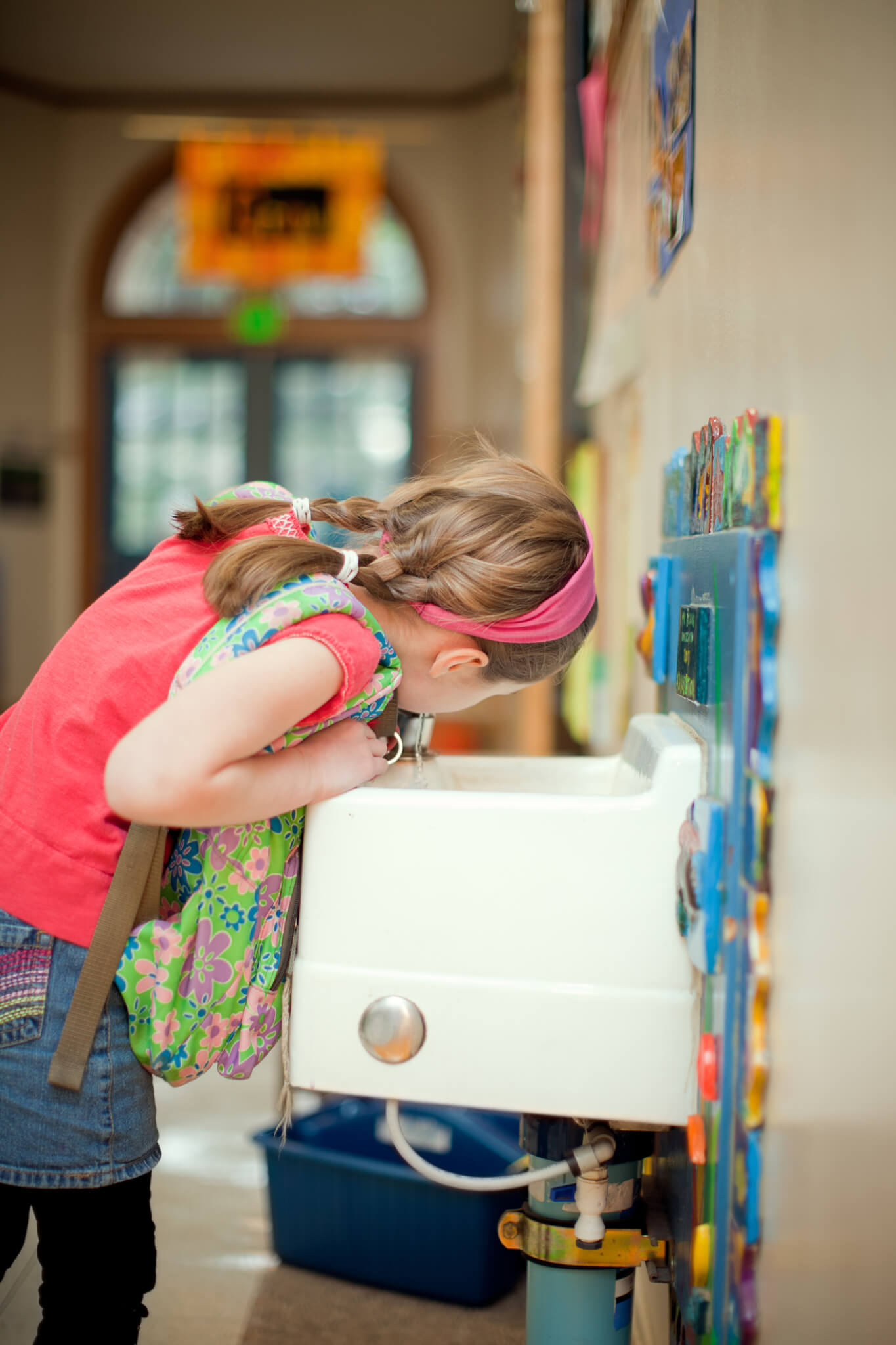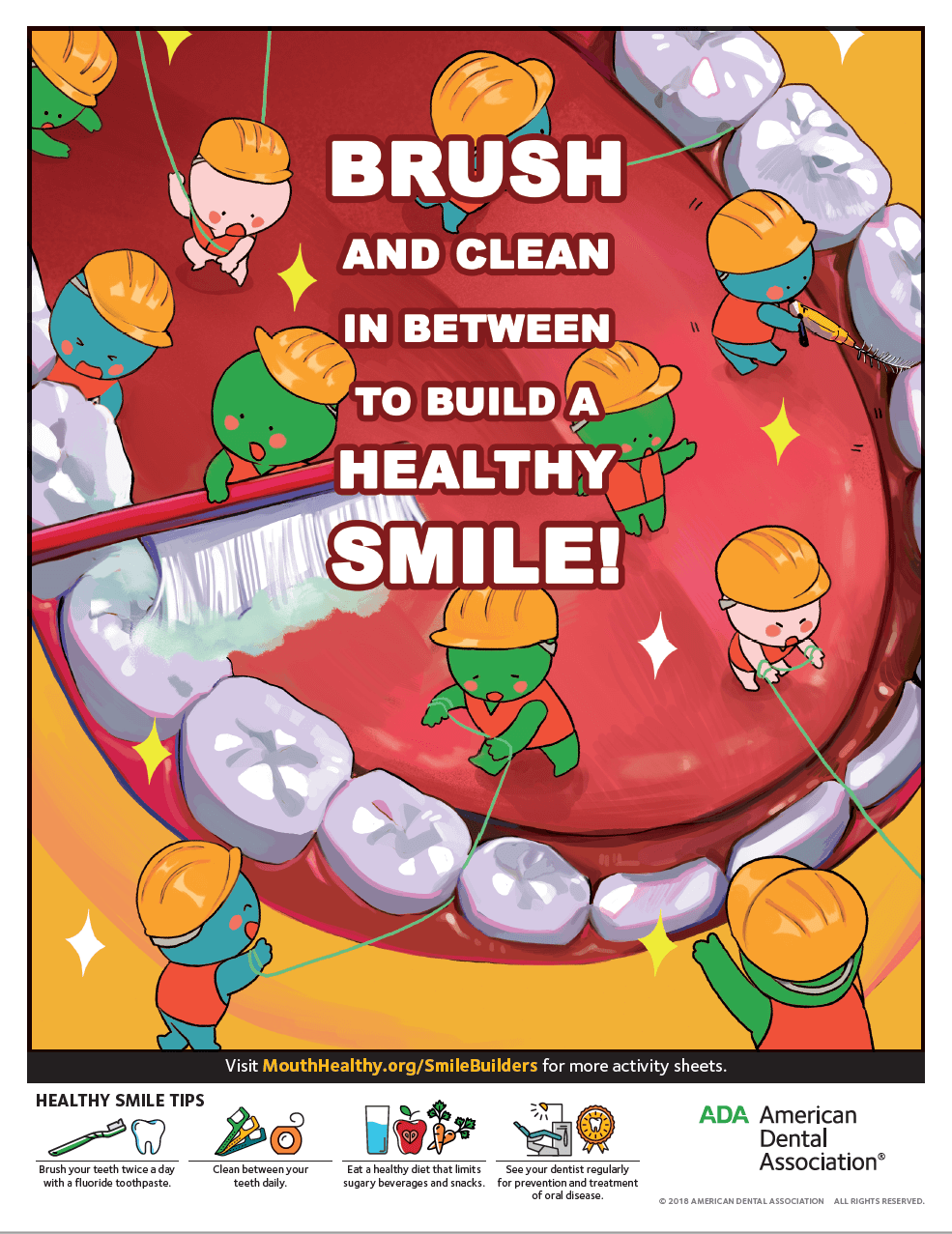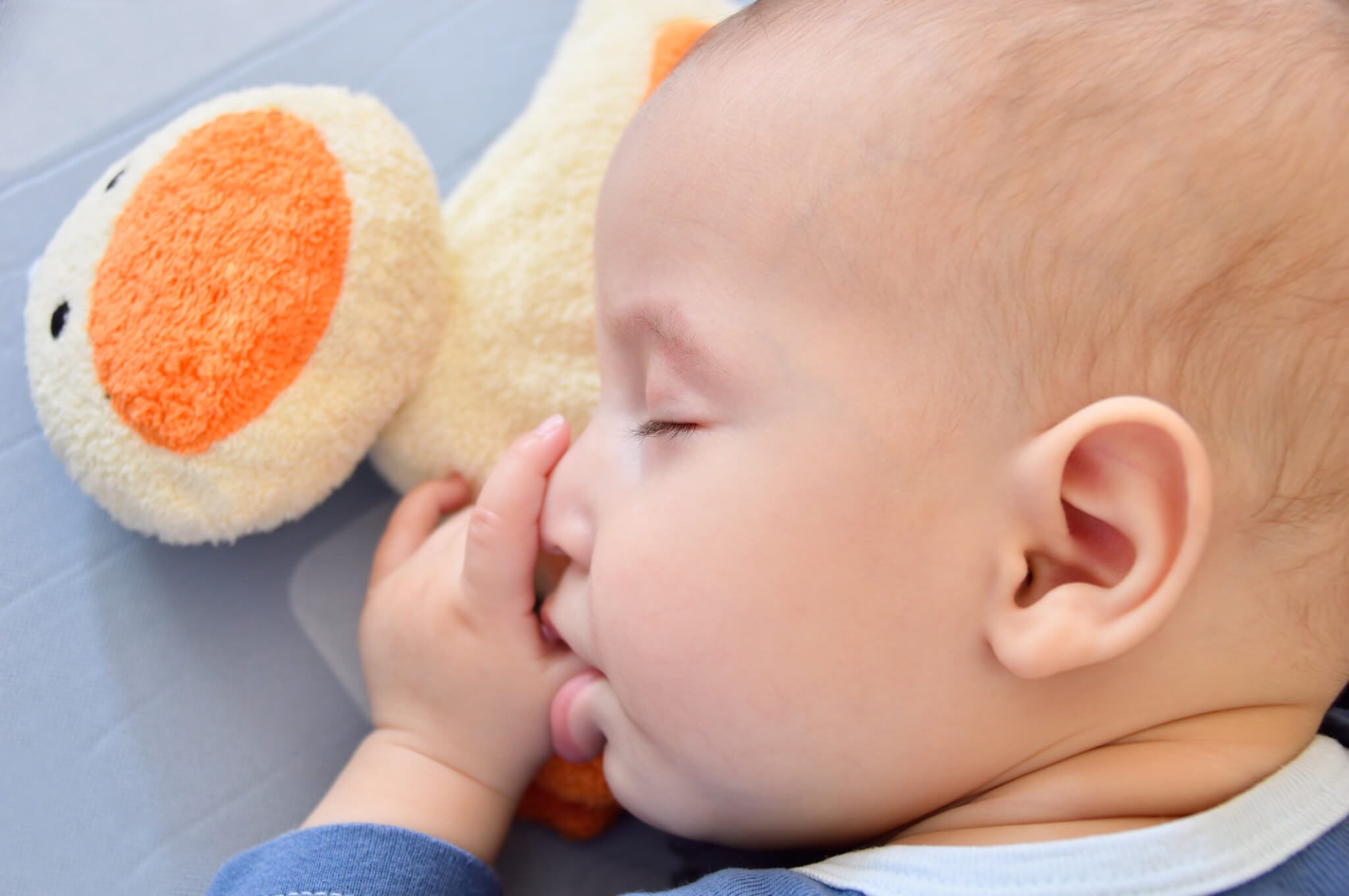
By now everyone has settled into the school year routine of homework, carpools, and lunchboxes. But does your child’s routine include tooth care at school? Do they have any brushing alternatives?
Ideally, your child has the tools, time, and opportunity for brushing their teeth after finishing lunch. But because most schools can’t facilitate mass brushing, here are a couple of tips you can teach kids. These early actions may help instill a habit of good oral care around meals – even when it’s inconvenient.
Rinse

All it really takes is a mouthful of water from the drinking fountain, a couple of quick swishes around their mouth, and then spit it back out. This helps to dislodge food particles from nooks, crannies, and in-between spaces of teeth. It also helps by washing away any sugary or acidic residue from the surface of teeth. (Just make sure that the Spit Out is back into the drinking fountain or a sink – not at another student!)
Rub
If your child is old enough, they can bring their own travel brush and paste and visit the bathroom sink after lunch. But if a brush isn’t an option, using a finger with a paper towel or napkin wrapped around it makes a decent substitute. This simple contact with tooth surfaces, along with rinsing, is great at removing meal residue.
Chew
Do you know those gum commercials that claim to help prevent cavities? They’re true. We’ve often pointed out the importance of saliva and the natural substances it contains. Chewing stimulates saliva production and helps flood teeth with natural cleaning and strengthening compounds. The kicker? It MUST BE Sugar-Free!
As children’s teeth are developing, it’s more important than ever to keep cavity-causing substances from settling on their teeth for extended periods of time. We can help reinforce these brushing alternatives with them at their next visit. Just have them ask us!

